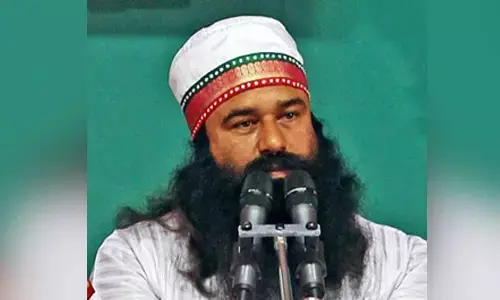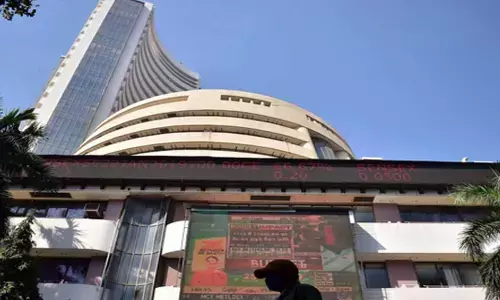Visakhapatnam: Gam Gantam Dora’s history to inspire Gen Y

Statues of freedom fighters set up at Koyyuru mandal of ASR district, including Alluri Sitarama Raju, Gam Gantam Dora, Gam Mallu Dora and Bonangi Pandupadal
Govt to celebrate 99th death anniversary of tribals’ hero on June 7
Visakhapatnam: When working as a village headman (Munasabu) during the British era, Gam Gantam Dora stood for the tribals and focused on their welfare. Back then, his popularity among the tribals did not go down well among his superiors, including the then Deputy Tahsildar Sebestian. Targeting him, the Britishers terminated Gantam Dora from the service. This apart, they had also seized Dora’s properties, including his house at Lankaveedi village, Koyyuru mandal of ASR district.
Following which, the tribal leader slipped into poverty. His struggles eventually led him to rebel against the British Raj. Teaming up with Mallu Dora, Gantam Dora’s brother, they decided to fight against the British Raj.
They participated in the ‘Manyam Rebellion’, a tribal uprising led by Alluri Sitarama Raju. Along with 60 freedom fighters, an army was formed, and a large part of its responsibility rested on Gantam Dora. Joining hands with Alluri Sitarama Raju, popularly known as ‘Manyam Veerudu’, Dora did strive hard for the Rampa Rebellion from 1922 to 1924.
On August 22, 1922, they launched an attack on Chintapalli police station (PS) and took away the rifles from the PS. This was followed by similar attacks on KD Peta PS and Rajavommangi PS.
While the Rampa Rebellion continued for months, Alluri Sitarama Raju’s army killed British officers, including Scott Coward and Hites. Both Gantam Dora and Mallu Dora essayed a crucial role in the operation.
It is learnt that all the major decisions taken by Alluri Sitarama Raju were consulted with Raju’s lieutenants Gantam Dora and Mallam Dora. After Raju’s demise, Gantam Dora continued his fight against the British Raj. “However, Gantam Dora was killed by the Britishers in June 1924 at Valasampeta village in Singadhara.
His significant role in the Rampa Rebellion remains unknown for many. This year, the state government is planning to celebrate Gantam Dora’s 99th death anniversary on June 7 on a grand note and highlight his glorious achievements in the freedom struggle,” said N Sitaramaiah, organising member of national Alluri Sitarama Raju Yojana Sangam.
Till his last breath, Gam Gatnam Dora fought against the Britishers and there is a need for the younger generations to know about his grit and determination in standing up for a large cause.














